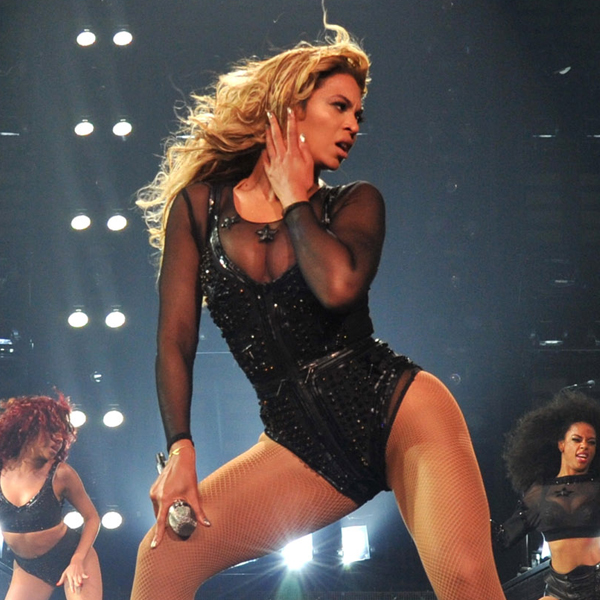Our culture has a very bizarre way of looking at beauty. We look at models and consider them to be the pinnacles of human physique when the truth is that they are genetic outliers who often put in lots of effort to achieve their desired figures for their profession. In fact, we are so looks-obsessed that adopting a healthier lifestyle is sometimes just a byproduct of our goal to look more physically attractive when it should be the other way around.
An interesting phenomenon is how deluded we are in our physique goals to try to look sexy. For most men, a thinner woman is not necessarily a sexier woman. This is only true if she is really overweight. The same thing is true for men. After a certain point, any additional fat loss will not significantly add to your attractiveness and will actually reduce your attractiveness if taken too far. Most men overemphasize muscularity and think that adding an extra half-inch to their biceps or refining their six-pack abs will make them so much more irresistible to women when very few women actually care for the bodybuilder look. Most of us would prefer lean and fit and there can be a decent leeway for a spectrum of what that would constitute (e.g. David Beckham, Rihanna, Joseph-Gordon Levitt, Beyonce Knowles, Hugh Jackman, Maria Sharapova, Will Smith, Zhang Ziyi, Daniel Dae Kim, Jennifer Lopez, Keanu Reeves, Jessica Biel, you get the picture).
Also, we need to focus on fat loss, not necessarily weight loss, even if we only care about how we look. We can actually look better and be healthier by gaining weight if we increase our muscle to fat ratio. That can be done through resistance training using bodyweight, dumbbells, barbells, trapbars, weight vests, weight machines, bands, logs, sandbags, and more. Don't be afraid to gain weight since fat loss should be the goal, not weight loss.
I am not a huge proponent of calorie counting. I think the easiest way to lose fat is by lifting weights to build more muscle. That way, your metabolism will increase so that you will burn more fat even when you are resting. This can be supplemented with any other type of exercise: aerobics, Pilates, yoga, Zumba, martial arts, sports, swimming, running, rowing, biking, walking, dancing. What is also important but more difficult to implement is to adjust what you put into your body. This means getting rid of refined sugars, deep fried foods, and artificial flavoring and colorings that should not be considered real food and increasing your intake of fruits and vegetables in our diets. Obviously, you should also reduce your intake of tobacco, alcohol, marijuana, caffeine, and other drugs for a healthier body but you probably already knew that.
Main takeaway points:
1. An attractive body is not necessarily a healthy body.
2. A healthy body is almost always an attractive body.
3. If you are overweight, the goal is fat loss which is not always weight loss.
4. Becoming more physically active is easier than changing your diet so start exercising more instead of calorie counting.
5. Diet is important but don't over think it. If you really have no idea what is a good diet, look into the Paleo Diet and the Zone Diet. I wouldn't recommend the Atkins Diet. The Slow-Carb Diet is okay and it worked for me but it depends on your goals. I lost too much weight doing Slow-Carb and I ended up losing more muscle than I would have liked.

